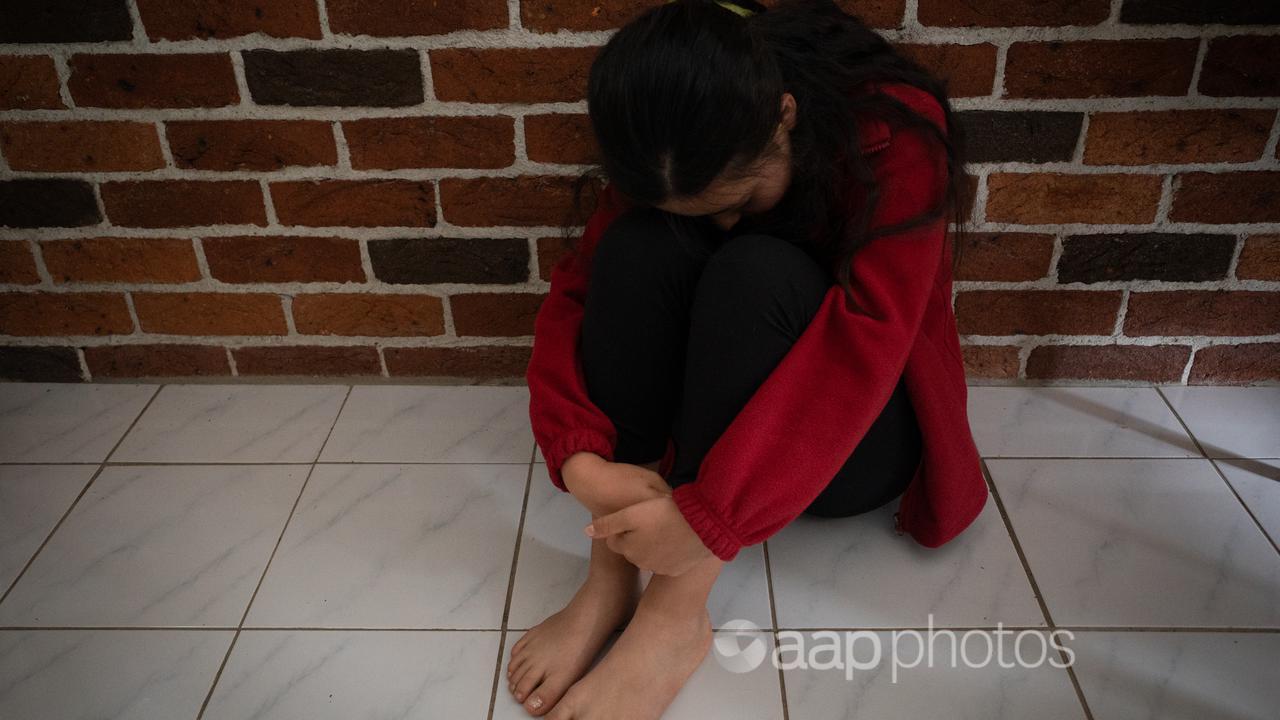A long-standing anti-vaccine activist has suggested one in five young children in one Australian state have considered suicide. But the claim appears to be a misrepresentation of a legitimate study involving much older, teenage children.
In a video posted on the Australian Vaccination-Risks Network’s Facebook page, host Meryl Dorey made the comment following a discussion about families purportedly divided at Christmas due to people’s differing choices regarding COVID-19 vaccines (video mark 17min).
Ms Dorey says: “I just read a horrendous statistic the other day that, in Victoria, 20 per cent of children aged five-11 have considered suicide, and the idea of that is just beyond belief. I mean five-year-olds, what does a five-year-old think about killing themselves?”
While she doesn’t give a source for the claimed statistic, it mirrors a figure contained in a 2021 Australian report on youth mental health during the pandemic. However, the report identifies that its findings were based on a survey of teenagers, not five- to 11-year-olds. The younger age group referred to by Ms Dorey corresponds with the ages covered in the paediatric COVID-19 vaccine rollout approved in December.
The study by the Murdoch Research Children’s Institute involved 267 participants aged 14 to 17 who were interviewed about their mental health between June and September 2020, during Victoria’s second lockdown. It found one in five of the young people surveyed had experienced thoughts of suicide every or most days during that period.
One of the study’s authors, Ali Fogarty, told AAP FactCheck the claim on social media did not accurately represent the researchers’ conclusions. She said in an email the research found that young people in the teenage cohort reported experiencing frequent thoughts of suicide or self-harm.
“It is also important to note that many young people in our study reported high levels of resilience and positive impacts of the pandemic,” Dr Fogarty said.
“For example, four in five young people reported that they were doing more activities as a family and having more quality time as a family during the COVID-19 lockdown.”
Sonia Terhaag, a research fellow and provisional psychologist also involved with the Murdoch institute study, told AAP FactCheck a one-in-five rate of suicidal ideation in five- to 11-year-olds seemed unlikely as it was similar to the rate in a population of 14- to 17-year-olds – an age where suicidal thoughts were typically much more common.
She added that research on five- to 11-year-olds and suicidal ideation was very rare as it raised ethical considerations, and longitudinal studies with large sample sizes were expensive. For younger children, research also usually involved parent reports, which limited the reliability of the data.
Dr Terhaag said there were no similar Australian studies, but in the United States the ABCD longitudinal study of brain development and child health found six per cent of parents and children reported a history of active suicidal ideation among nine- and 10-year-olds.
“That suggests rates (in that age group) are much lower and this is pre-pandemic,” she said.
Dr Terhaag said it was important to consider that there were a wide range of questions asked to determine suicidal ideation and these varied between study designs, as did the time frames these questions covered.
AAP FactCheck could not identify any recent research on suicidal ideation among five- to 11-year-olds in Victoria or elsewhere in Australia.
According to the Australian Institute of Health and Welfare (AIHW), suicide is the leading cause of death in Australians aged 15 to 24. But it says among people aged 14 and under, the proportion of deaths by suicide was “low” compared to the older age group. In 2020, deaths by suicide represented 12 per cent of all deaths of those under 14.
AIHW also noted rates of hospitalisation due to intentional self-harm were nearly 15 times higher among 15- to 19-year-olds than those aged 14 and younger.
Nevertheless, some research has indicated a worrying increase in suicide among younger children. A 2021 study published in the Journal of the American Medical Association found that suicide was the eighth-leading cause of death among children in the United States aged 5 to 11, with rates increasing during the past decade.
AAP FactCheck has previously debunked false claims shared by Ms Dorey and the AVN about COVID-19 vaccines for children.
The Verdict
The video’s claim regarding suicidal ideation among young children in Victoria is false. A study conducted in 2020 during Victoria’s second lockdown found one-fifth of 14- to 17-year-olds – not five- to 11-year-olds – had suicidal thoughts.
AAP FactCheck was unable to identify any recent research from Australia into suicidal ideation among the young group, however limited data from overseas indicates lower rates of suicidal ideation that those for older children. Figures from Australia also show lower incidence of suicide and self-harm among younger children than older teens.
False – The claim is inaccurate.
* Readers seeking support and information about suicide prevention can contact Lifeline 13 11 14, beyondblue 1300 22 4636 and Kids Helpline 1800 55 1800 (for people aged 5 to 25).
AAP FactCheck is an accredited member of the International Fact-Checking Network. To keep up with our latest fact checks, follow us on Facebook, Twitter and Instagram.
All information, text and images included on the AAP Websites is for personal use only and may not be re-written, copied, re-sold or re-distributed, framed, linked, shared onto social media or otherwise used whether for compensation of any kind or not, unless you have the prior written permission of AAP. For more information, please refer to our standard terms and conditions.


















